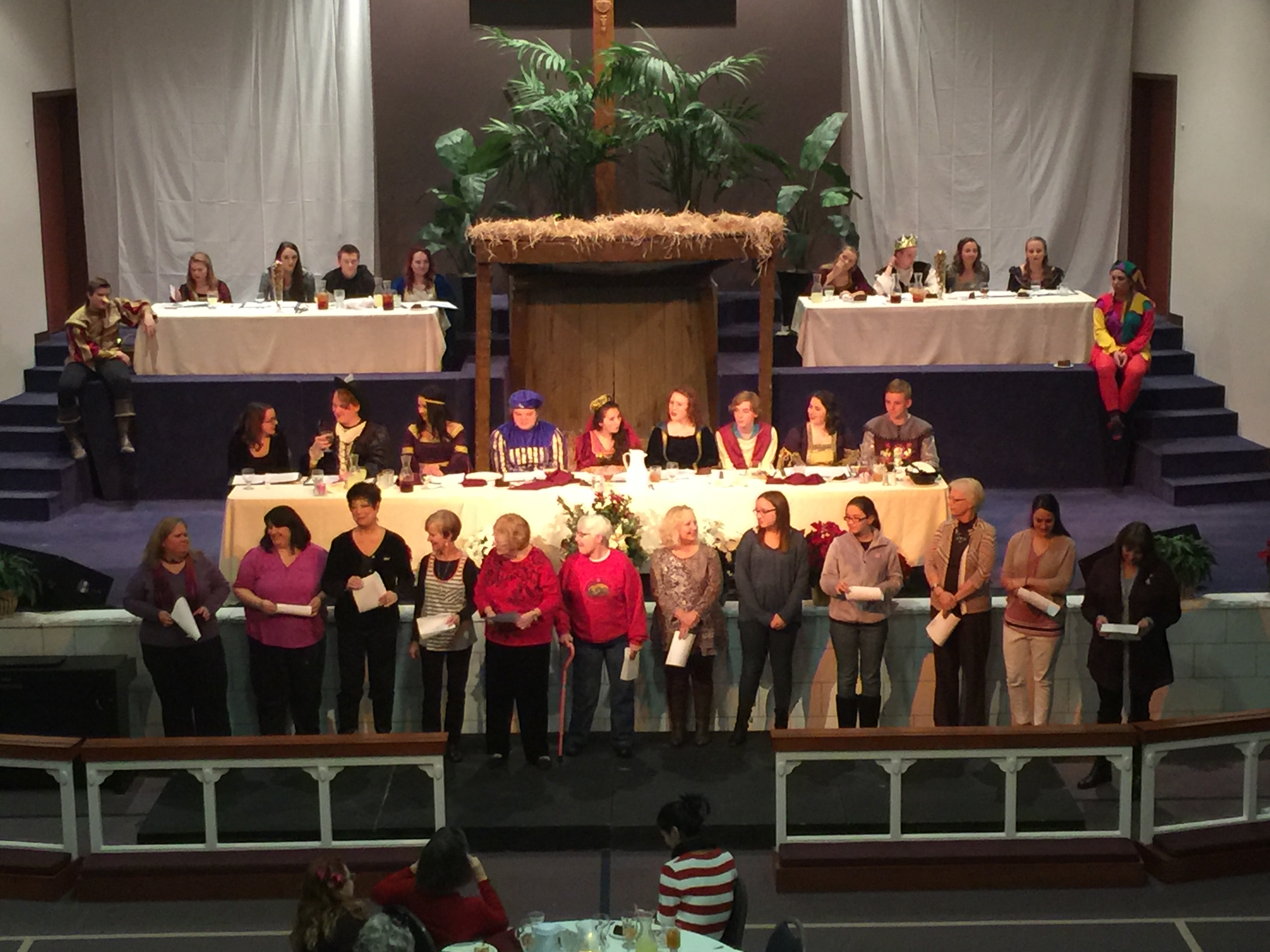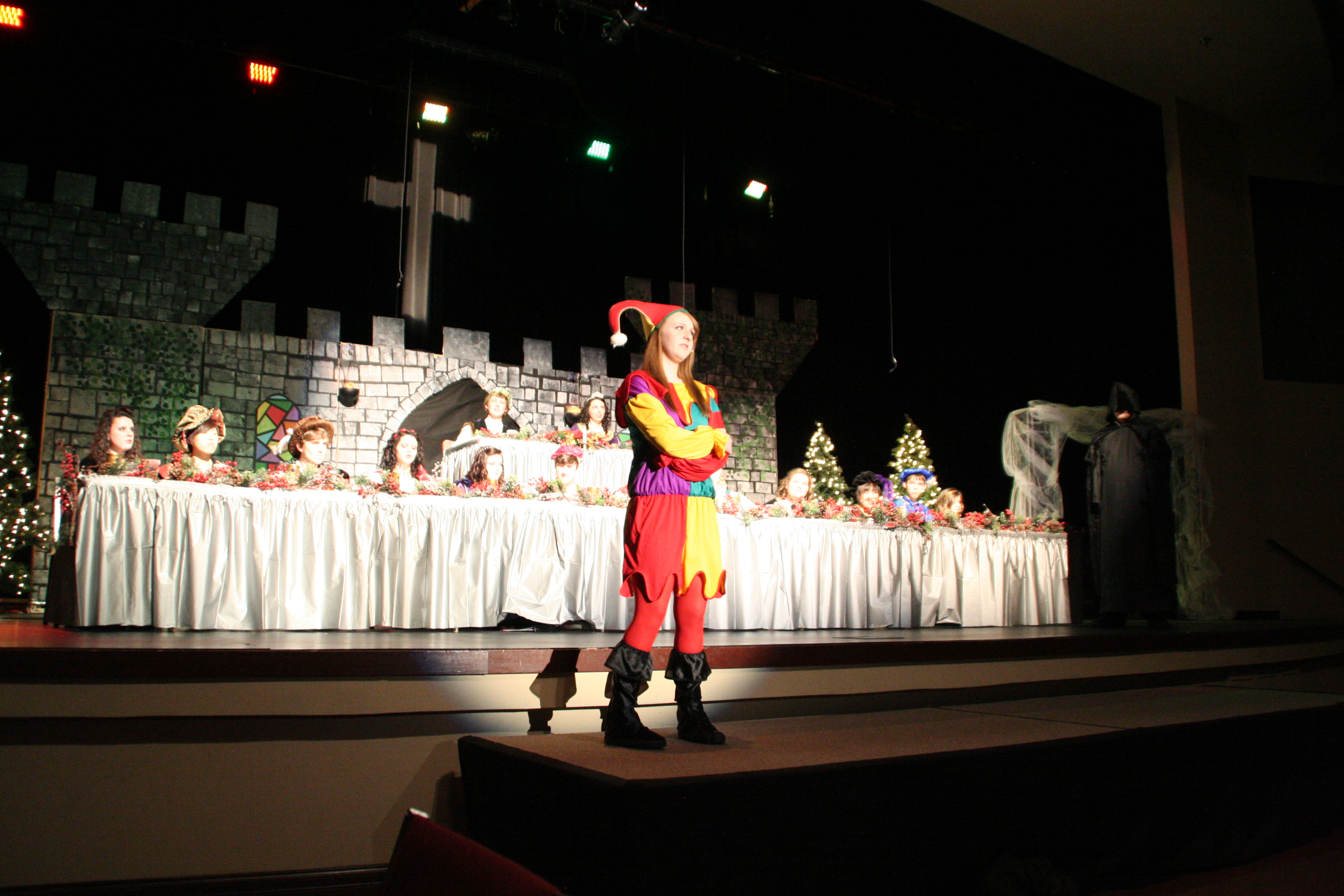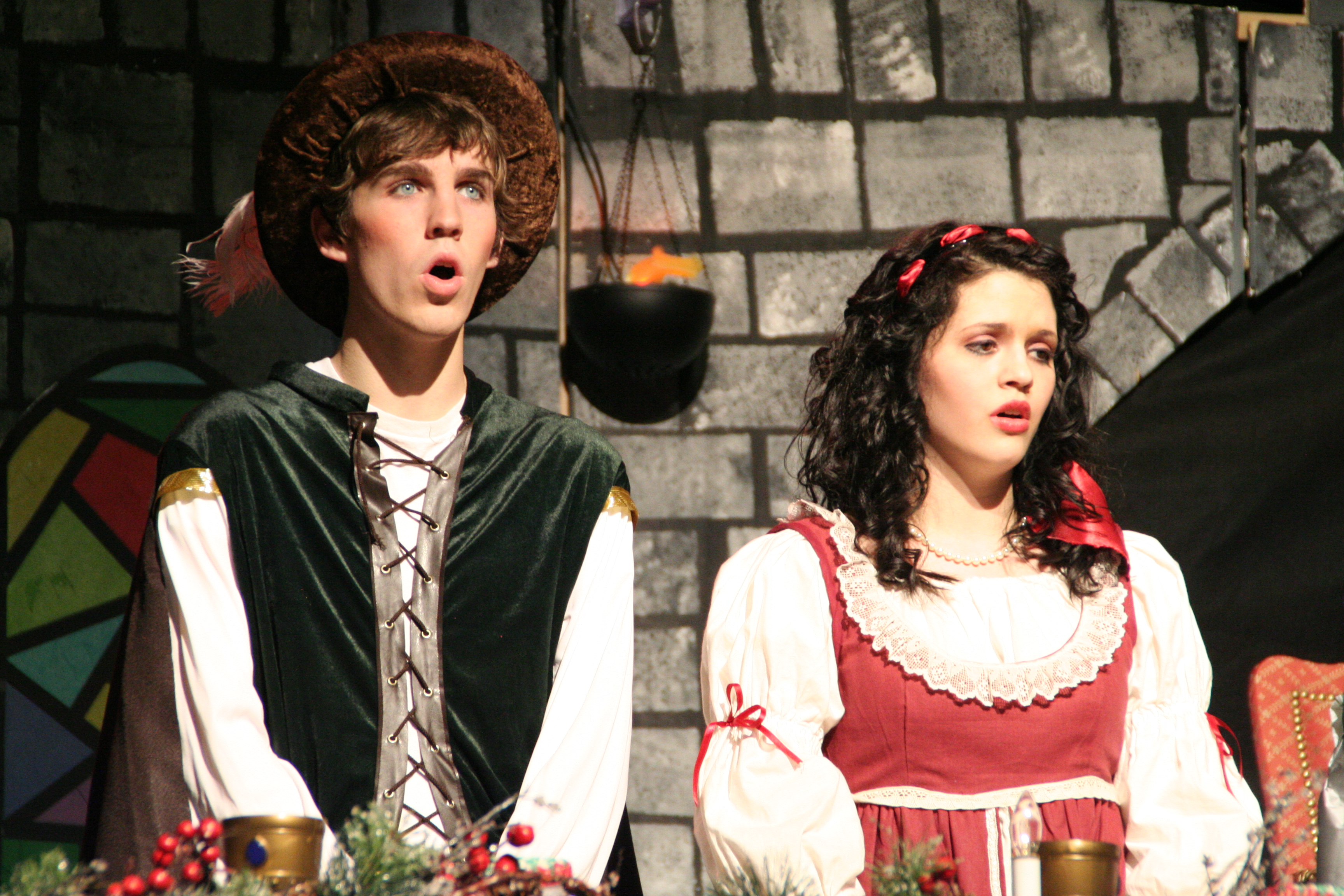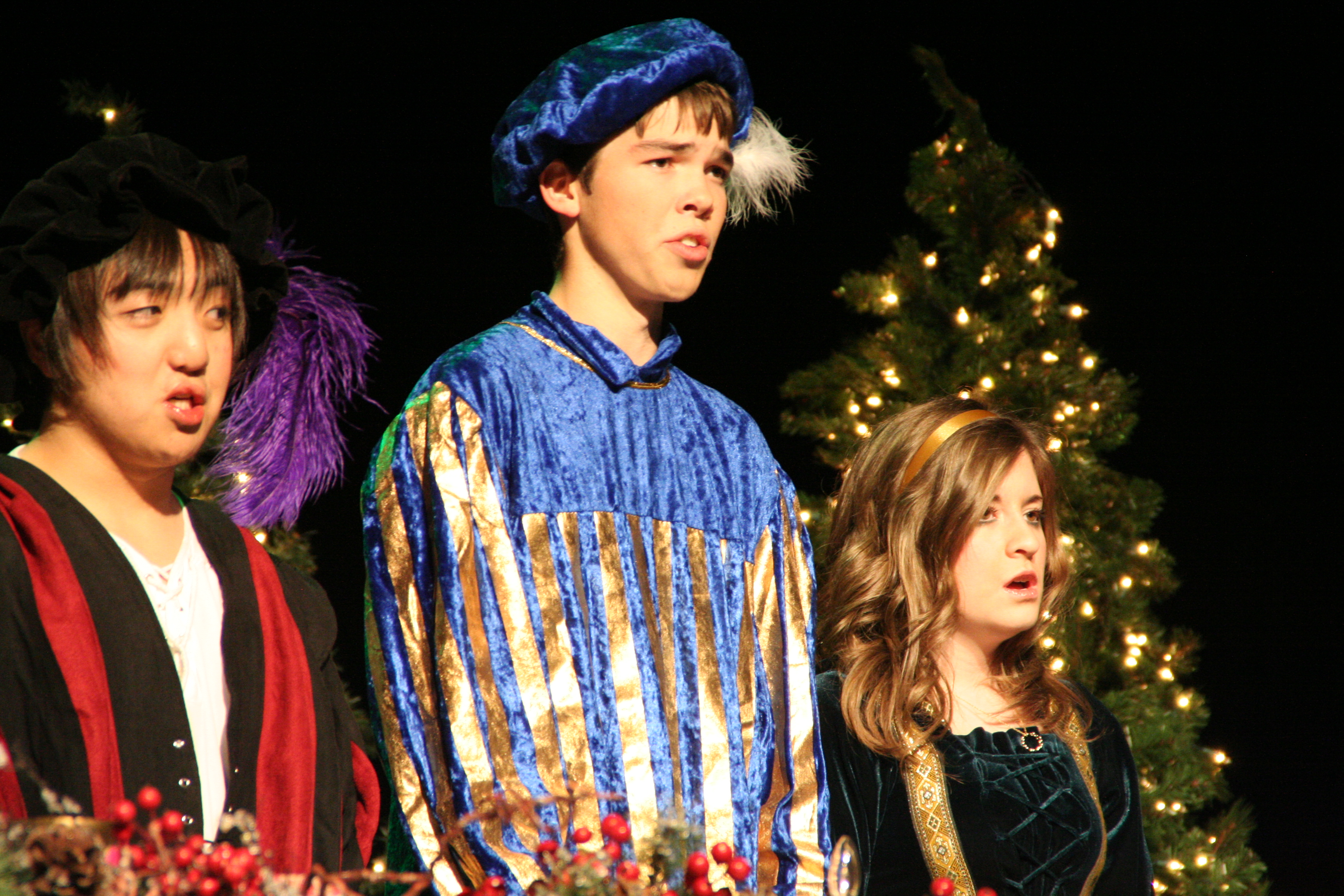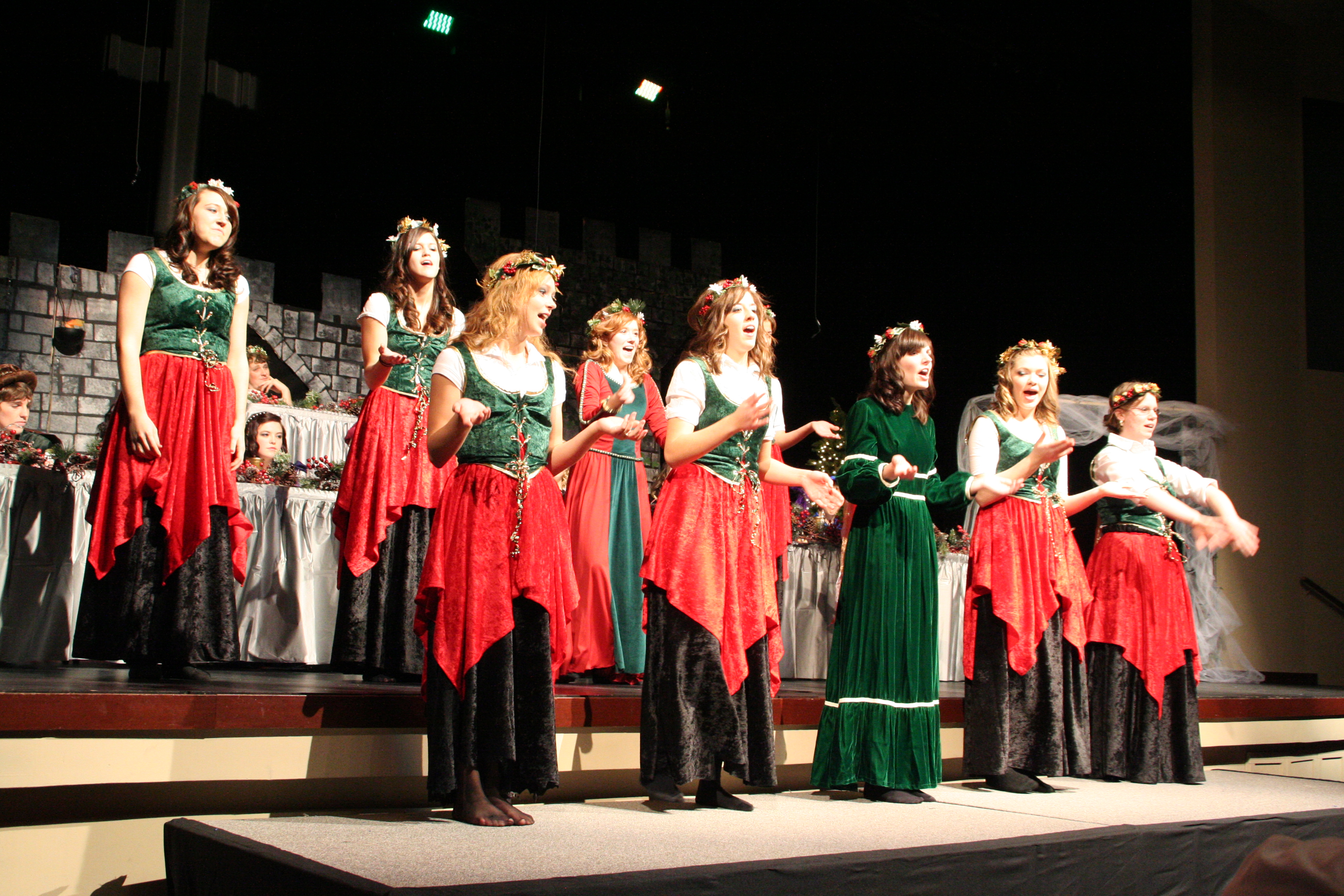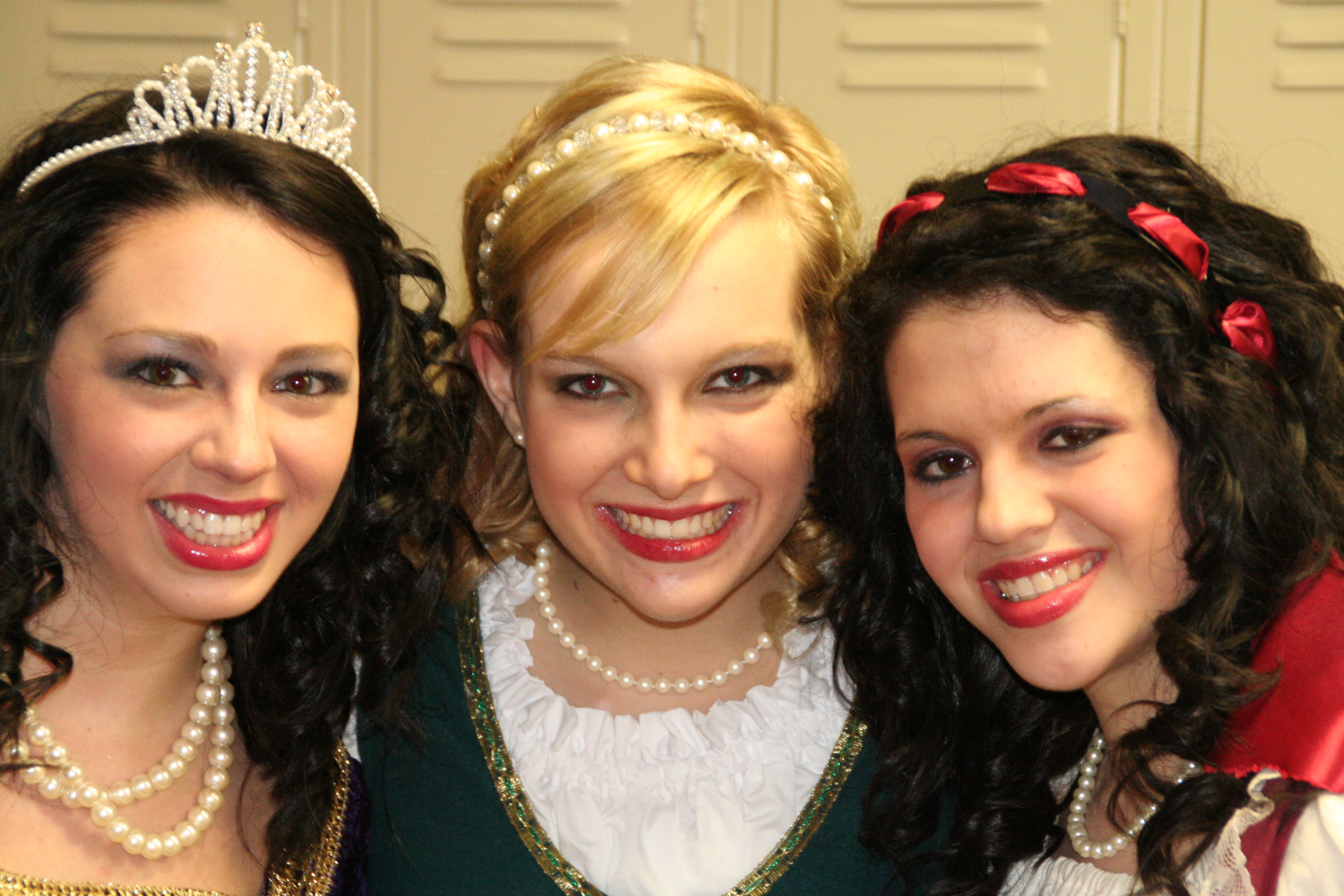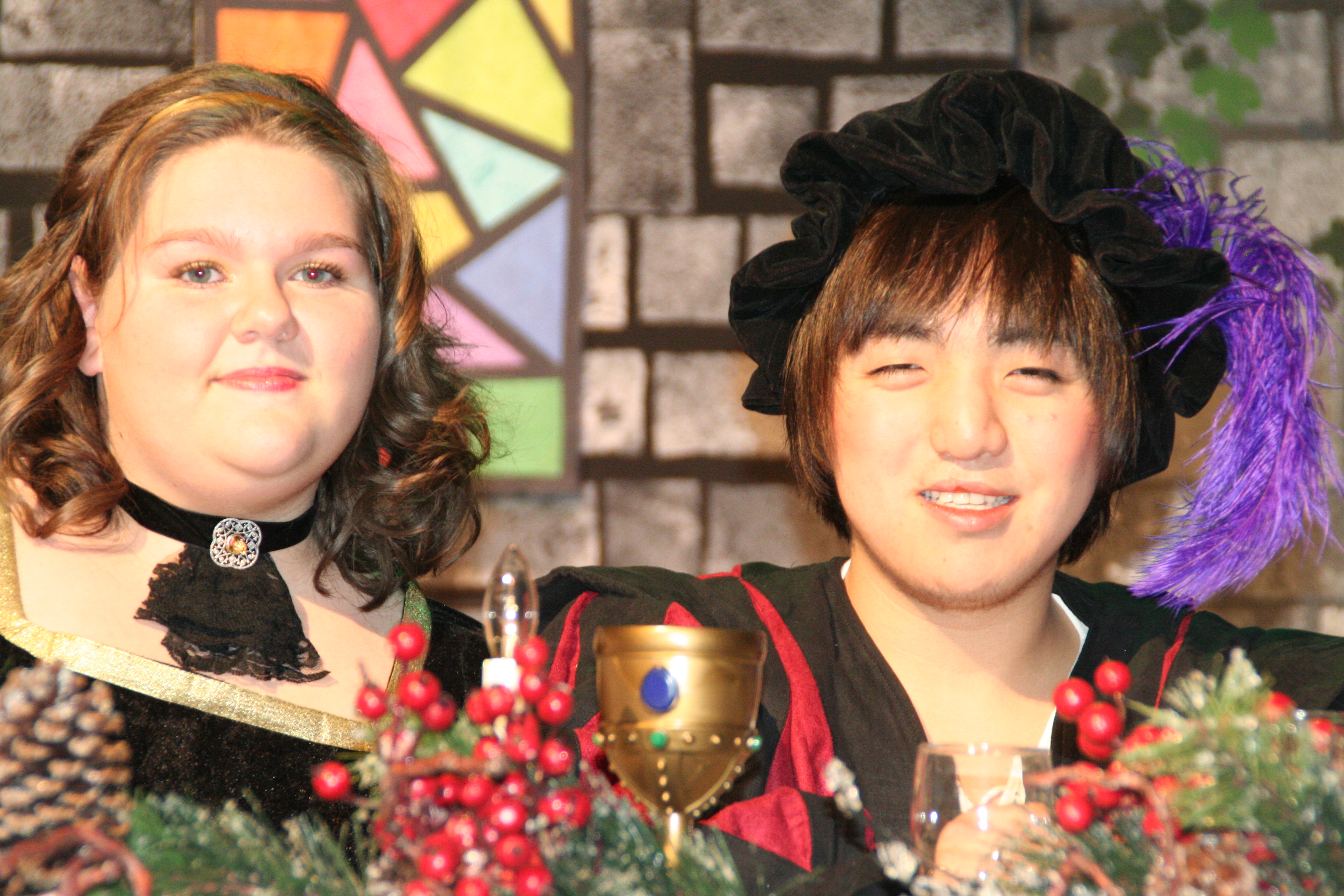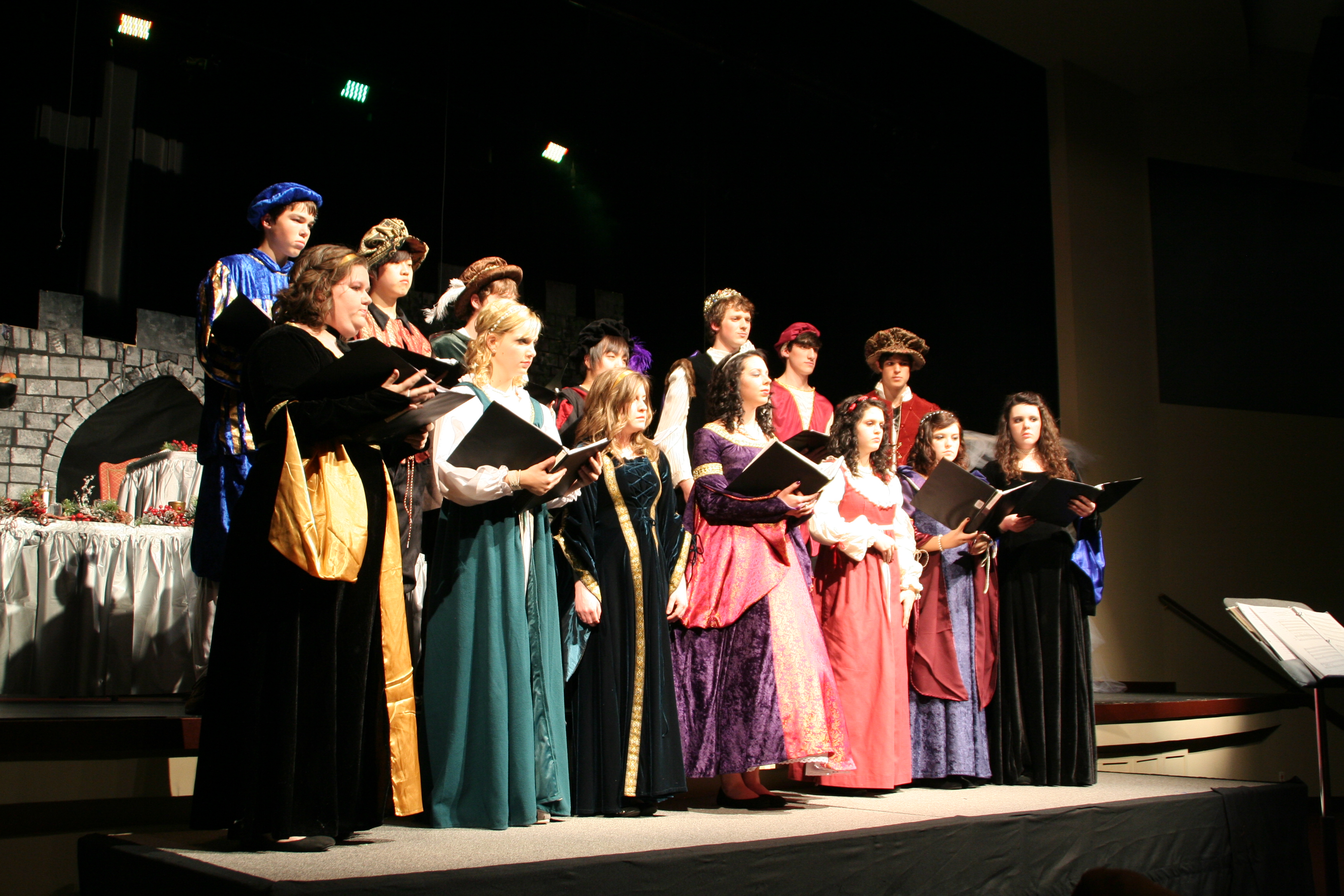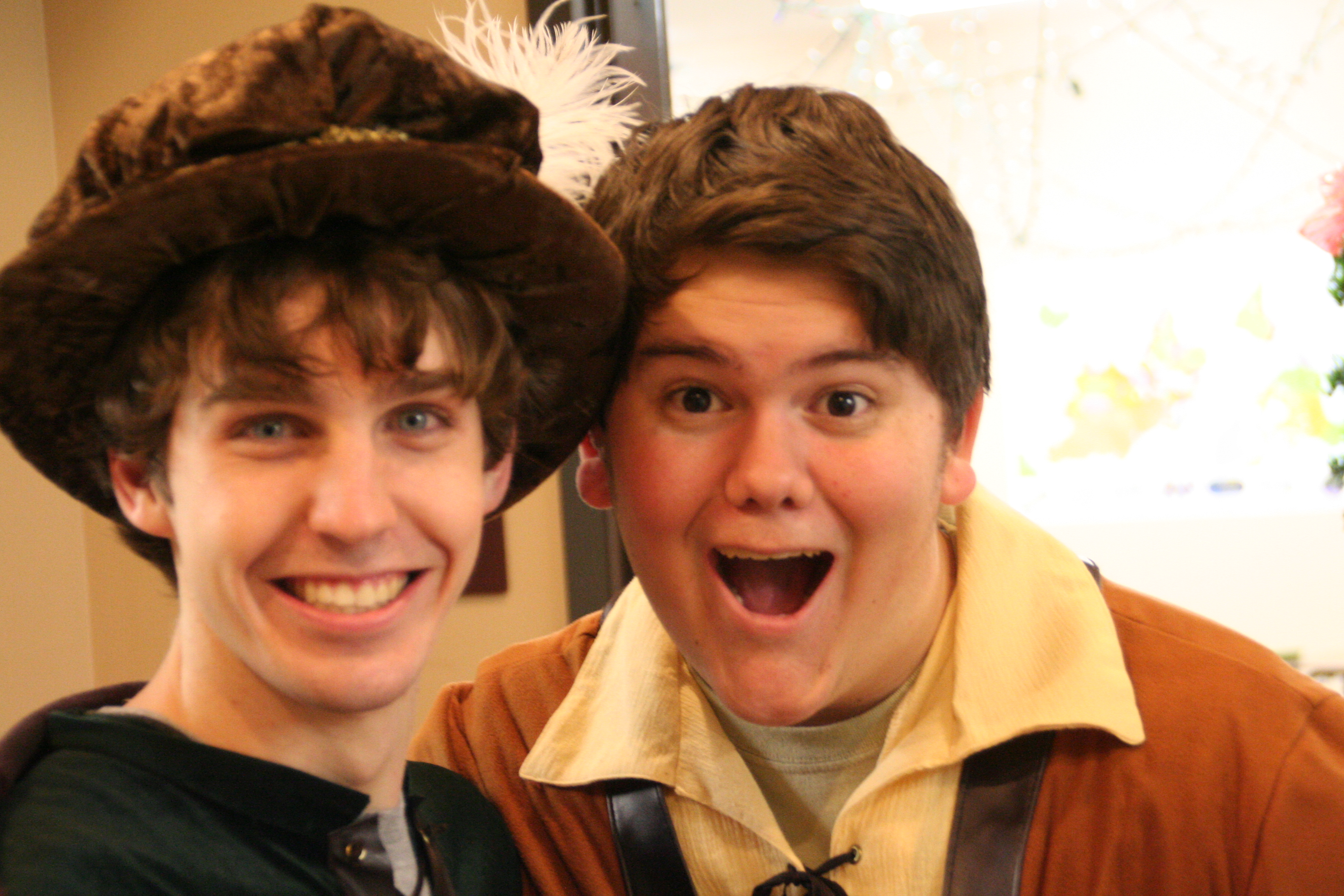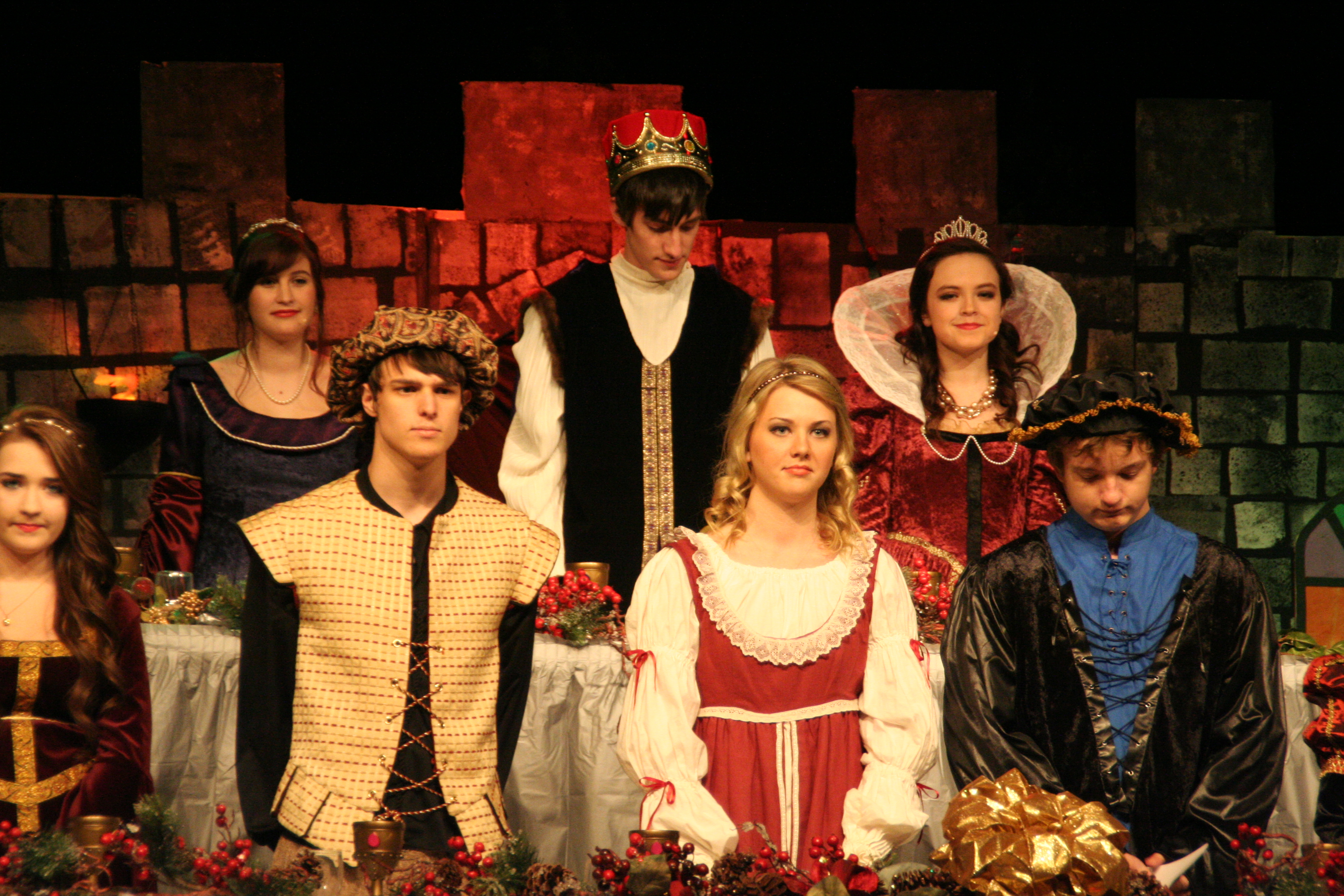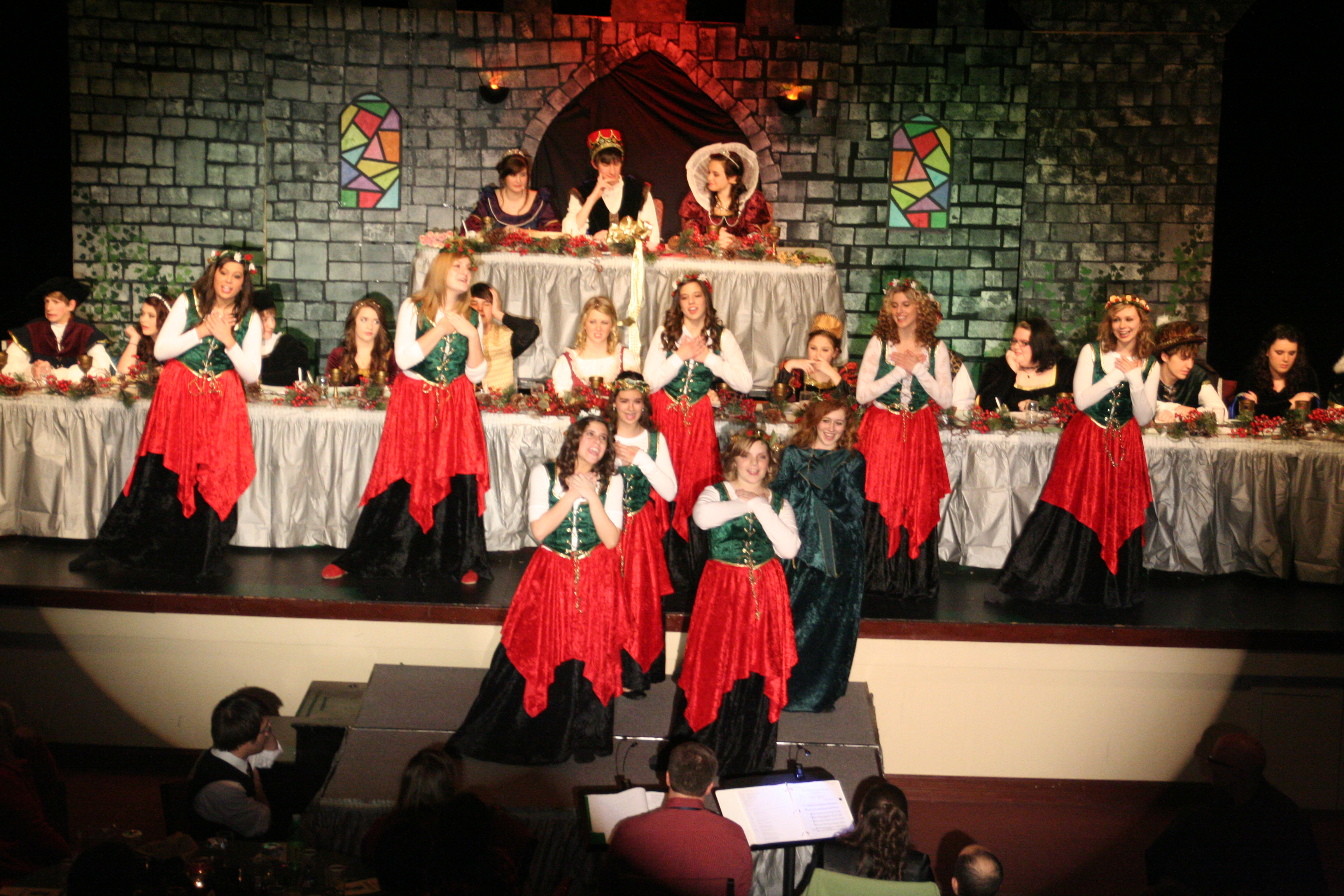A Little Madrigal History
What’s a madrigal, you ask?
Simply put, it’s a genre (type) of non-religious (secular) unaccompanied vocal music that became extremely popular in Europe in the 16th century, and continued to be written in most of the first half of the 17th century especially in Italy and England. In fact, the madrigal was so popular that composers from most of Europe wrote in the genre. However, although the Italians made so many innovations in the Renaissance (ca. 1450-1600), northern European composers “invented” the madrigal in Italy around 1530, while the Italians were primarily writing other secular types such as the frottola at that time. The madrigal superseded the frottola in attracting the attention of major composers; it certainly provided them with opportunities for more musical ingenuity and experimentation, and they were clearly eager to write madrigals in great numbers.
Who performed madrigals?
Madrigals were written as social entertainment for the middle-class and aristocracy who, in the Renaissance, were expected to be able to read music and perform, either vocally or on an instrument—optimally, both. Compartmentalization of musical skill to only professional musicians was a foreign concept in that era. Rather, those who wished to be considered “civilized” individuals, or “gentle people”, were expected to be broadly educated and participate in the arts as patrons or performers. Performing music was for the performers themselves and their immediate circle rather than for the public. A merchant’s family and dinner guests, for instance, might entertain themselves after dinner in their home by singing madrigals indoors around the dinner table. The aristocratic class might enjoy performing madrigals in an outdoor setting—a garden or private park—for their own diversion. Or they might have their household musicians (part of the usual staff of the nobility) entertain them and guests at a feast or celebration.
Madrigal singing is different from the kind of singing by a trained choir that one would hear in church. While both kinds of music had multiple parts that created harmony, in a church choir there would be several people singing together in Latin on each part, creating a moderate-sized ensemble. In madrigal singing, there is only one person singing each line of music by him- or herself in Italian, the everyday language of the people; typically there is no instrument playing the same lines along with the voices, and no independent instrumental accompaniment. Only men sang in church choirs, but women as well as men participated in singing madrigals, taking the uppermost parts of course; often some of the high middle voices, which we might call “alto”, were sung by male countertenors.
Today as then, the individual singers of madrigals have to blend and integrate their part with the other singers’ parts to make the whole fabric of the music sound well. This “one-on-a-part” unaccompanied singing is both fun and challenging; it’s a fine example of the adage “the chain is only as strong as its weakest link”. It is also a very intimate kind of performing, requiring subtle communication among the singers to establish tempo, dynamics, starting and stopping, and creating emotional sense in the music.

